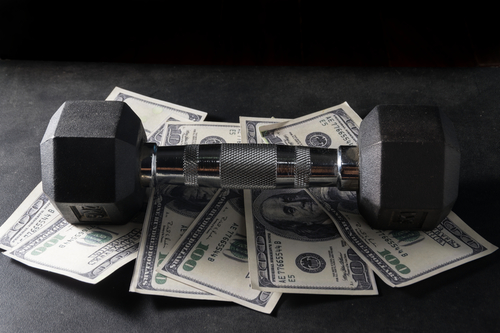
What Are Medical Expense Accounts?
There are several bank account types that allow you to set aside tax-free money to pay for health and wellness related expenses, as much as $5,300 per household. Although they all provide a significant savings, they do have some distinct differences:
Health Savings Account: To be eligible for a HSA, you must be enrolled in a high-deductible health plan (HDHP). These accounts have higher contribution limits and allow you to carry over unused funds from year to year, indefinitely. An added benefit to HSAs is your option to invest your HSA funds to potentially grow them over time. Even if your employer does not offer an HSA, you can still open one so long as you meet the requirements, including that HDHP enrollment.
Flex Spending Account: These are employer-owned accounts that are offered as part of benefits packages. They have lower contribution limits, and are typically “use it or lost”, with limited carry over options, so it’s important that you have a plan on how you’ll use your pre-tax dollars prior to the end of the year.
Wellness Spending Account: This is a personalized wellness program offered by some employers to promote employee well-being while managing costs for the employer through a predetermined allowance. WSAs focus less on health-related expenses, and more on activities that enhance physical and mental health.
Tips To Managing Your Account
It’s important to consider personal financial situation and health needs when choosing between these accounts. To effectively managing your account consider these key steps:
- Contribute Regularly: Contribute consistently and take advantage of higher contribution limits if possible. For FSAs, contribute an amount that aligns with your expected expenses.
- Track Expenses: Keep receipts of your medical expenses, an important step to ensure you use FSA funds before the end of the plan year and crucial for tax purposes when leveraging a HSA.
- Understand Eligible Expenses: Be sure to use your funds for qualified medical and wellness expenses and understand the specific expenses covered by your account, based on the account type.
Maximize Your Wellness Routine
So, how can a HSA/FSA/WSA improve your well-being? Think of all of the health-related expenses you’ve made over the last year. Any of these account types can help alleviate some of those expenses for you and your family. Depending on the account you have, you may need a letter of medical necessity from a healthcare provider. For example, Cold Plunge provides numerous health benefits including reducing inflammation, immune support, and muscle recovery. If your doctor believes regular use of a cold plunge can improve your health, they can provide the necessary documentation. Red Light Therapy is another great example. It is an eligible expense if prescribed by a licensed healthcare provider because of the many medical conditions it has been proven to treat. Be sure to check the details of your plan to understand what documentation may or may not be required.
In conclusion, leveraging a Medical Expense Account can be a game-changer for managing your health and wellness expenses. By understanding what your account offers, and effectively managing your account, you can maximize savings and enhance your overall well-being. Take control of your wellness journey today and strategically invest in your health. Your future self will thank you!



